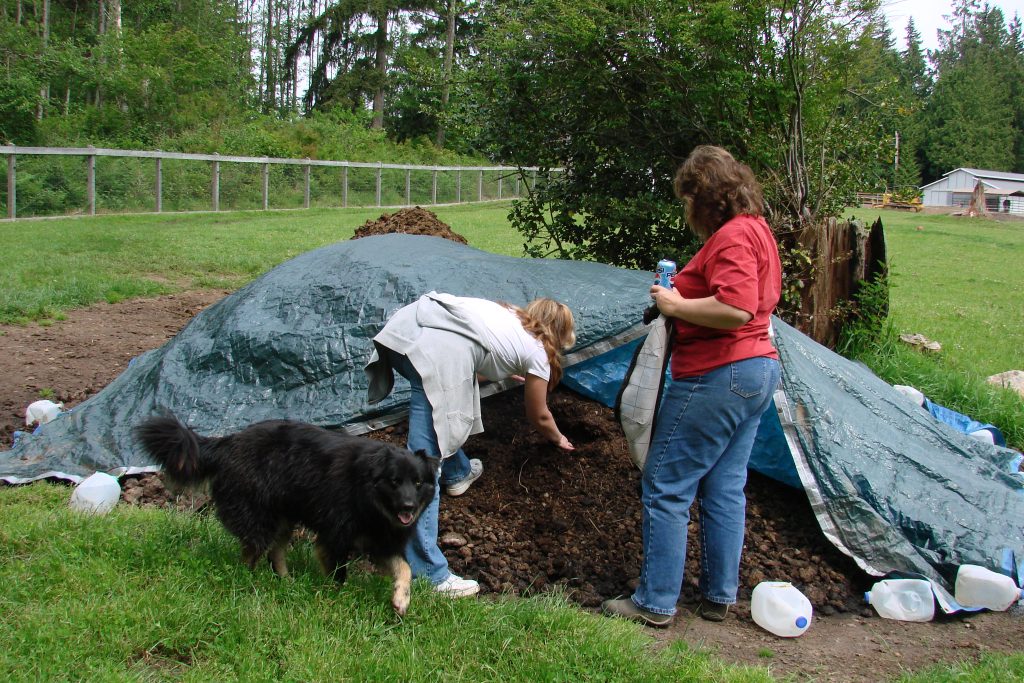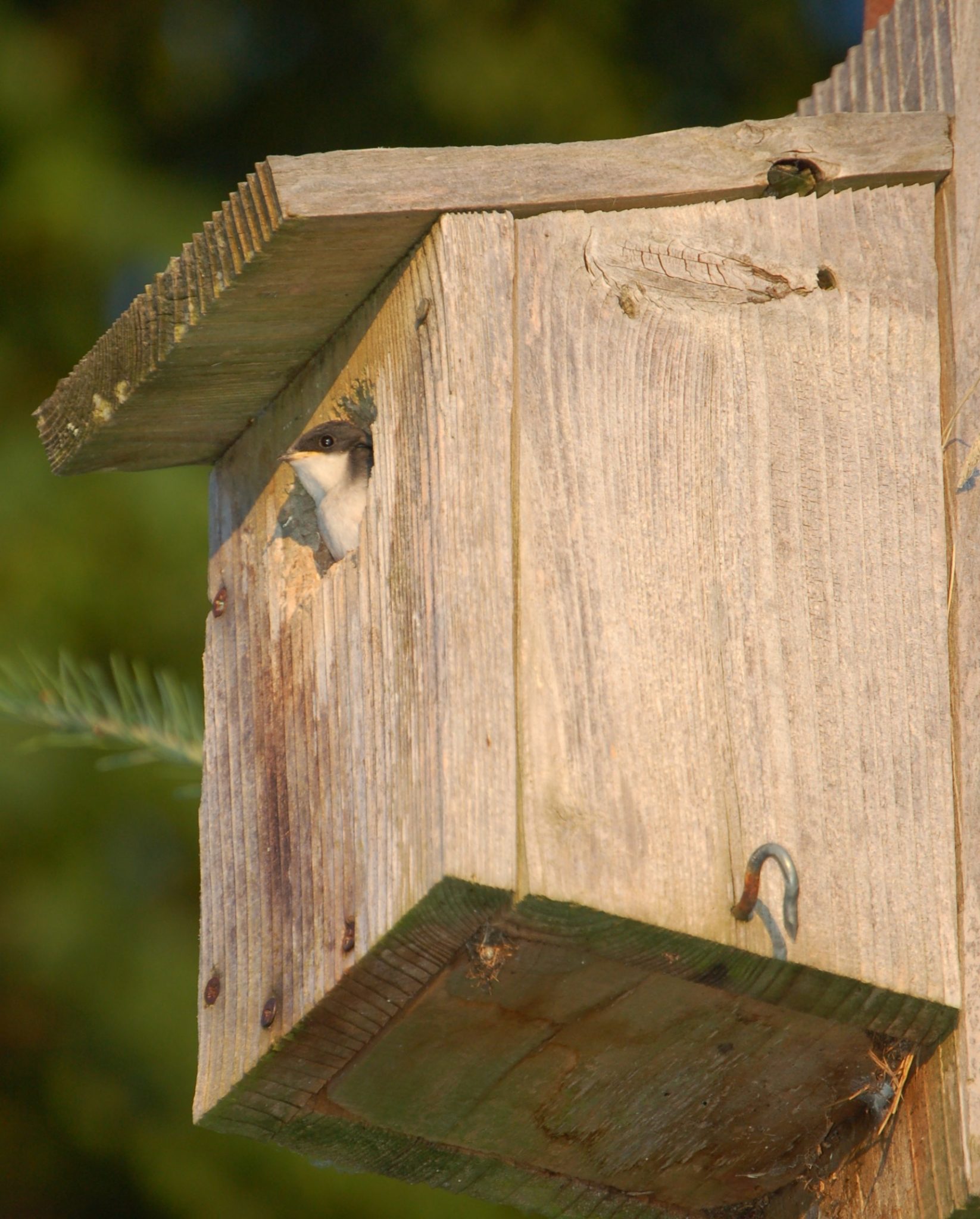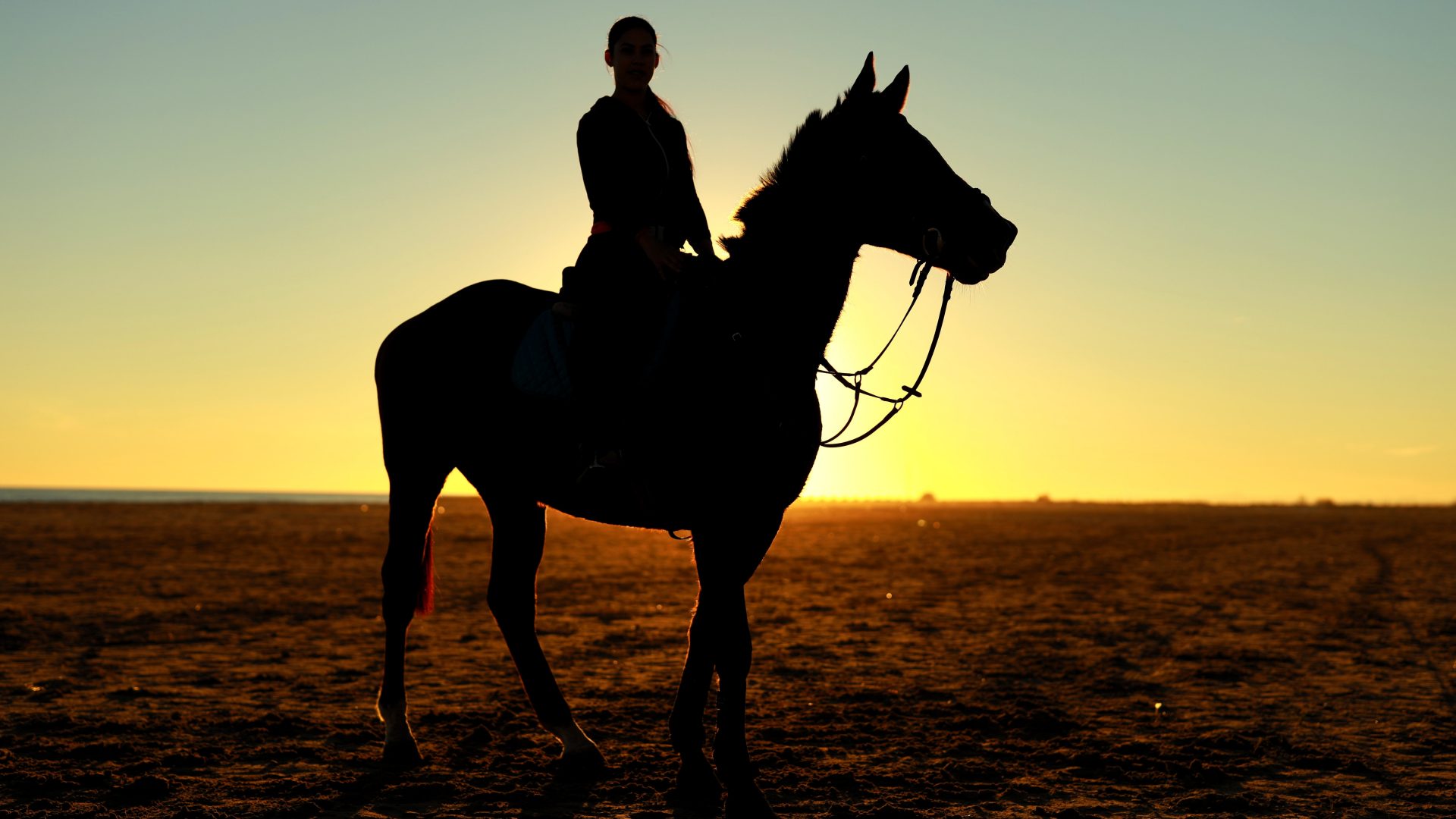Create a Confinement Area
When horses are allowed year-round access to pastures, the pastures can become overgrazed in Spring through early Fall, or compacted in Winter through early Spring. A confinement area or paddock allows your horse to be outside without negatively impacting pastures. Your District can help you design an area suited to your property.
Test Your Soil
Fertilizer is almost always overused and excess fertilizer will likely be washed into nearby streams and lakes. The best way to find out if your pastures actually need fertilizer is to do a soil test. You’ll be able to choose a fertilizer with the right amount of nitrogen, phosphorous and potassium. Your District can help you collect a sample and find a lab.

Cover Your Manure Pile
By covering your manure pile, you’ll keep bacteria and nutrients from being washed off of your property and into streams and rivers – plus you’ll reduce mud and odor, and your manure will decompose faster. A weighted tarp is the most inexpensive way to cover your pile. Building a three-sided bin (or bins) to store your manure is the next step in good manure management.
Collect Manure Daily
Or at least every three days. Cleaning manure out of confinement areas is the simplest and most important thing you can do to prevent mud. Most livestock manure contains 70-80 percent moisture. If manure is left to be trampled into the soil by livestock it will quickly turn to mud. Cleaning manure from confinement areas also helps prevent parasite re-infestation.
Using Compost as Horse Stall Bedding
Learn about O2 compost, pellet bedding, and composted bedding.

Put up a Bird or Bat House
Attracting birds and bats to your property can significantly reduce mosquitos and flies. Violet green swallows and barn swallows eat about 6,000 insects a day and bats can eat more than 5,000 a night! Make sure you use the right house to attract the birds you want to have around. Check out a local bird store or use one of the many resources online.
Direct Water Away from High-Traffic Areas
Install gutters and downspouts on barns and shelters to divert clean rain water away from animal confinement areas, stall entryways and other high traffic areas. Clean water can also be collected by stock watering tanks, rain barrels or dry wells. Water that exceeds the capacity of stock watering tanks should be diverted away from confinement areas.




I don’t find the compost-bedding information which was referenced in the article Horse Manure and Bedding……from Sustainable Agriculture Research and Education. It’s supposed to tell more about composting bedding for re-use as bedding.
Looking for the same information Charlotte, hope this article get’s someone’s attention and they can direct us.
Hi Charlotte! Sorry to hear that you couldn’t find the information you were looking for. Could you please post the link that brought you here? Our website has updated throughout the years and much of our old content has been removed or changed URL’s, so there’s a chance that this article used to re-route from a separate page. In the meantime, I’ve reached out to our farm planners to see if they have some resources they could pass on. Sorry for the inconvenience! – Emma with Snohomish CD
Hello again! I received a response from a farm planner and they sent me this collection of videos that might be useful: snohomishcd.org/sound-horsekeeping-videos
If you have any additional questions, you can reach out to your local conservation district for advice specific to your property!